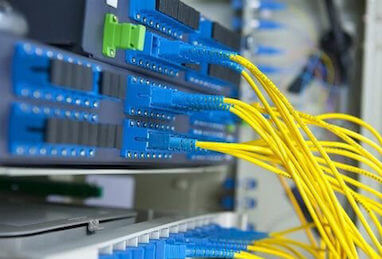Technicians of fiber optics face challenges
constantly. After all, they often have to keep up with new and innovative
technologies that disrupt long-standing tests and certification practices.
Nevertheless, you can’t prevent learning about new technologies and their
aspects as it is a part of your task. That is why this topic is a must-read for
you. Here you will learn a few things before you start handling an MPO Connector.
The
fundamentals
MPO connecting components have been around for
several years. However, technicians often have to use them in places where they
don’t get to interact with the device. This fact is changing rapidly as network
capacity demands keep increasing. Naturally, multi-fiber connectivity is now a
highly-preferred medium for the latest network architecture. They ceased to
remain behind the scenes and now they serve to patch panels, switches, and
servers.
Knowing the
polarity
Technicians generally have to work with single
fiber connectors such as LC or SC. Understandably, a few of those experts had
to deal with polarity to a specific extent during their venture. With duplex
fiber pairs, one connector transmits while the other receives. Then again, Fiber Optic Cable Manufacturers
understand that polarity gets much more complicated with MPOs. After all, they
have many fibers, multiple traffic patterns, and several standardized polarity
types.
Proper
alignment
Companies that sell Fiber Optic Cable Supplies say, technicians who worked with LC, SC
or other single fiber connectors will inevitably face problems when working
with MPOs. Single-fiber connectors generally come with a sleeve inside the
bulkhead adapter. It aligns ferrules with precision while ensuring proper
core-to-core physical connection. Whenever you shift to MPOs, you will realize
the difference. They don’t have sleeves inside the bulkhead. Rather, they come
with a pin and socket approach. There are two stainless steel pins on one
connector on the end face while the other has corresponding sockets.





